Higher classification Juniper | Division Pinophyta Scientific name Juniperus recurva Rank Species | |
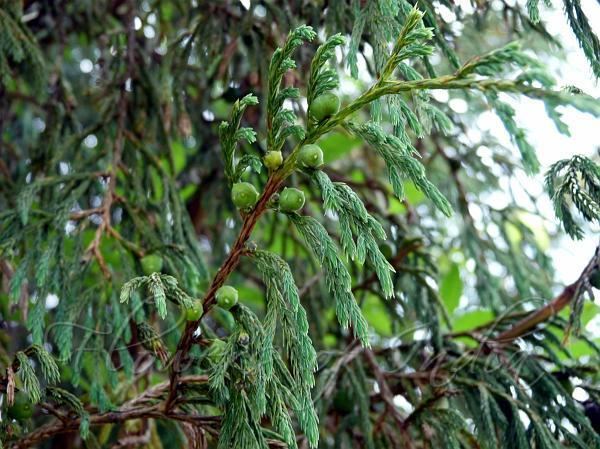 | ||
Similar Juniper, Juniperus pseudosabina, Juniperus indica, Juniperus barbadensis, Conifers | ||
Juniperus recurva, commonly named the Himalayan juniper or drooping juniper, is a juniper native to the Himalaya, from northern Pakistan east to western Yunnan in southwestern China. It grows at 3,000-4,000 m altitude.
Contents
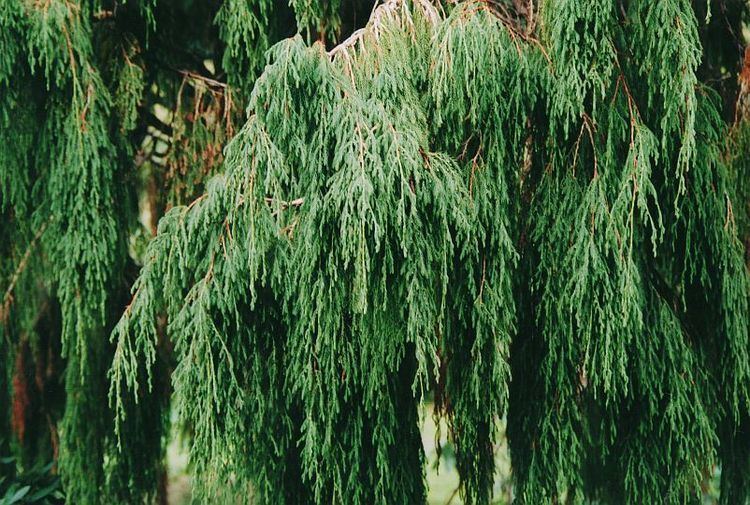
Description

Juniperus recurva is a large shrub or tree reaching 6–20 m tall (rarely 25 m), with a trunk up to 2 m diameter and a broadly conical to rounded or irregular crown. The leaves are needle-like, 5–10 mm long, arranged in six ranks in alternating whorls of three.
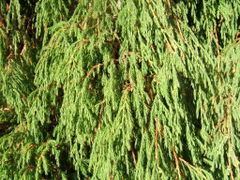
The cones are berry-like, globose to ovoid, 5–10 mm long and 4–7 mm diameter, glossy blue-black, and contain one seed; they are mature in about 18 months. The male cones are 3–4 mm long, and shed their pollen in early spring. It is largely monoecious with pollen and seed cones produced on the same plants.
Varieties
There are two varieties, treated as distinct species by some botanists:
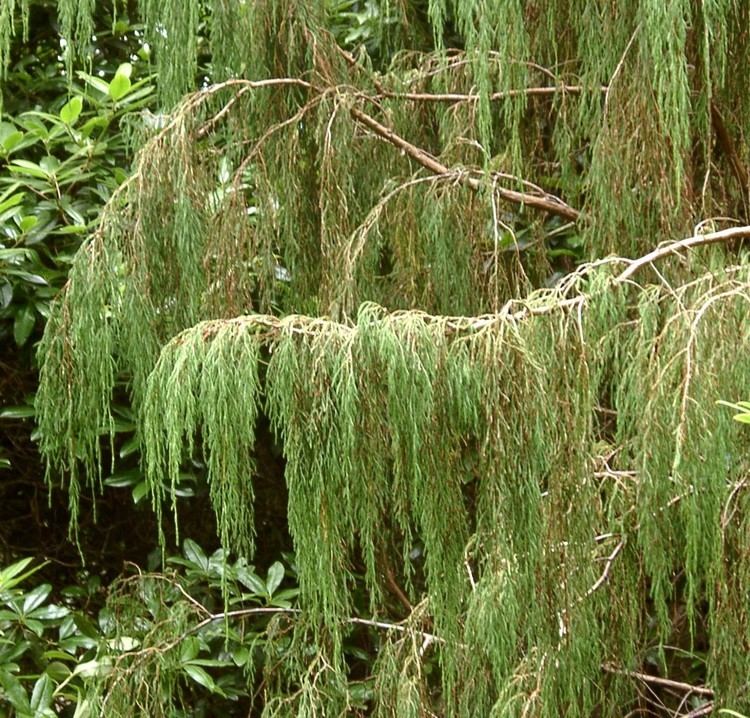
Cultivation
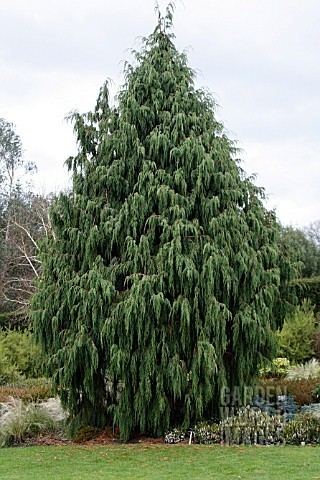
Juniperus recurva is planted as an ornamental tree in western Europe, valued for its drooping foliage, particularly pendulous in the cultivar 'Castlewellan'.
